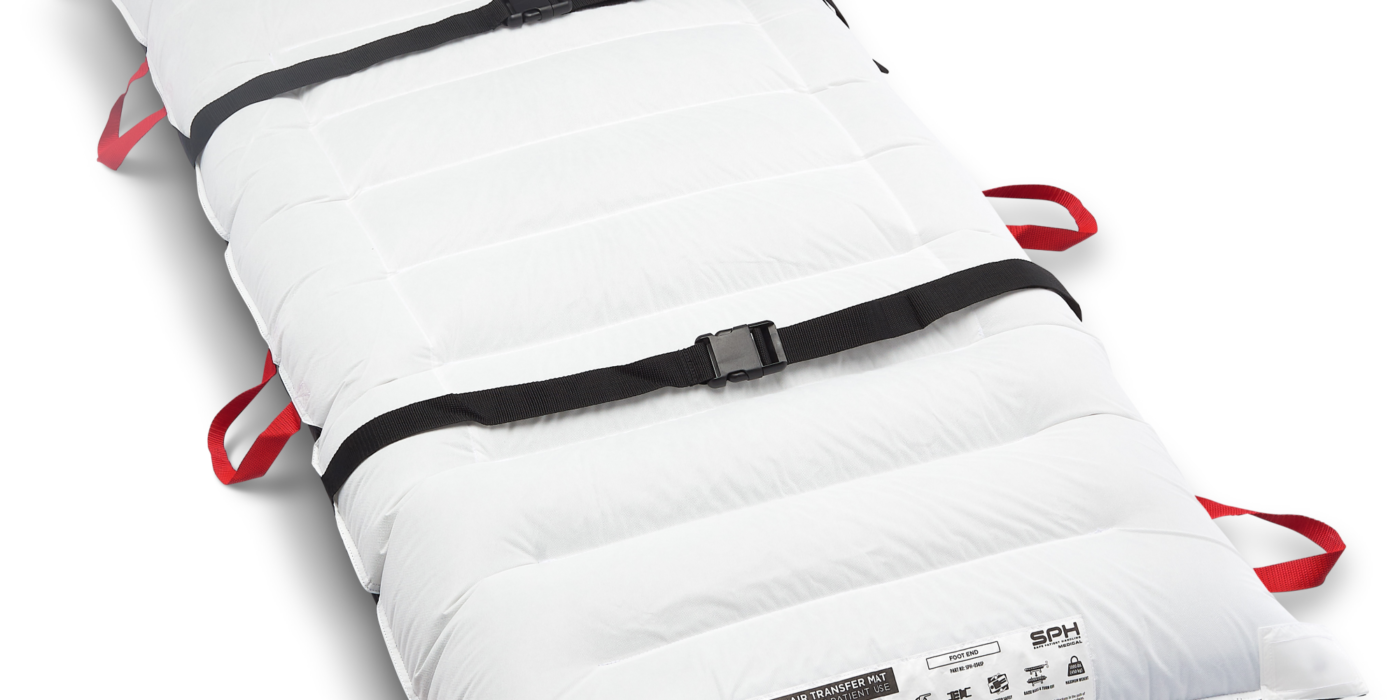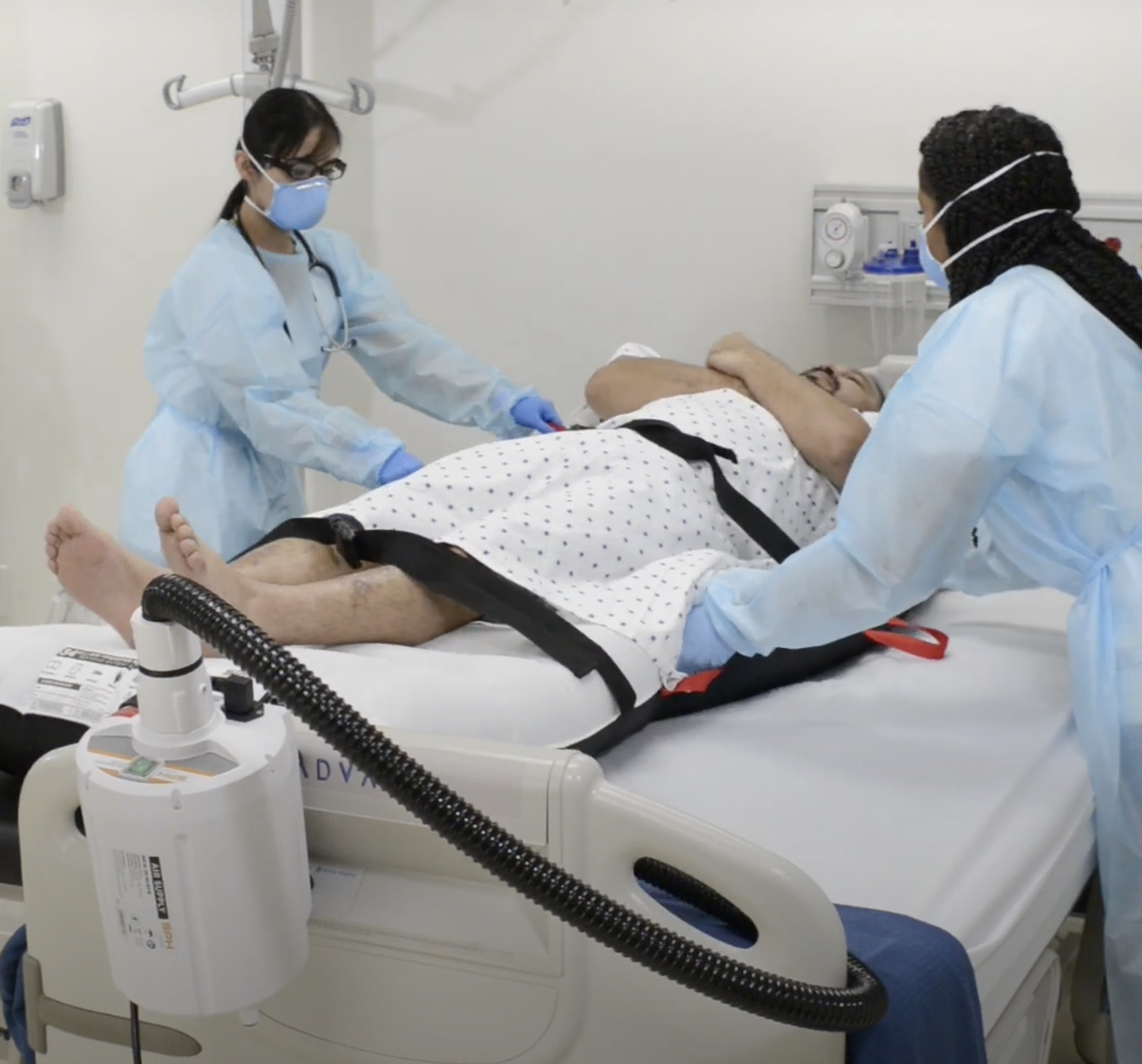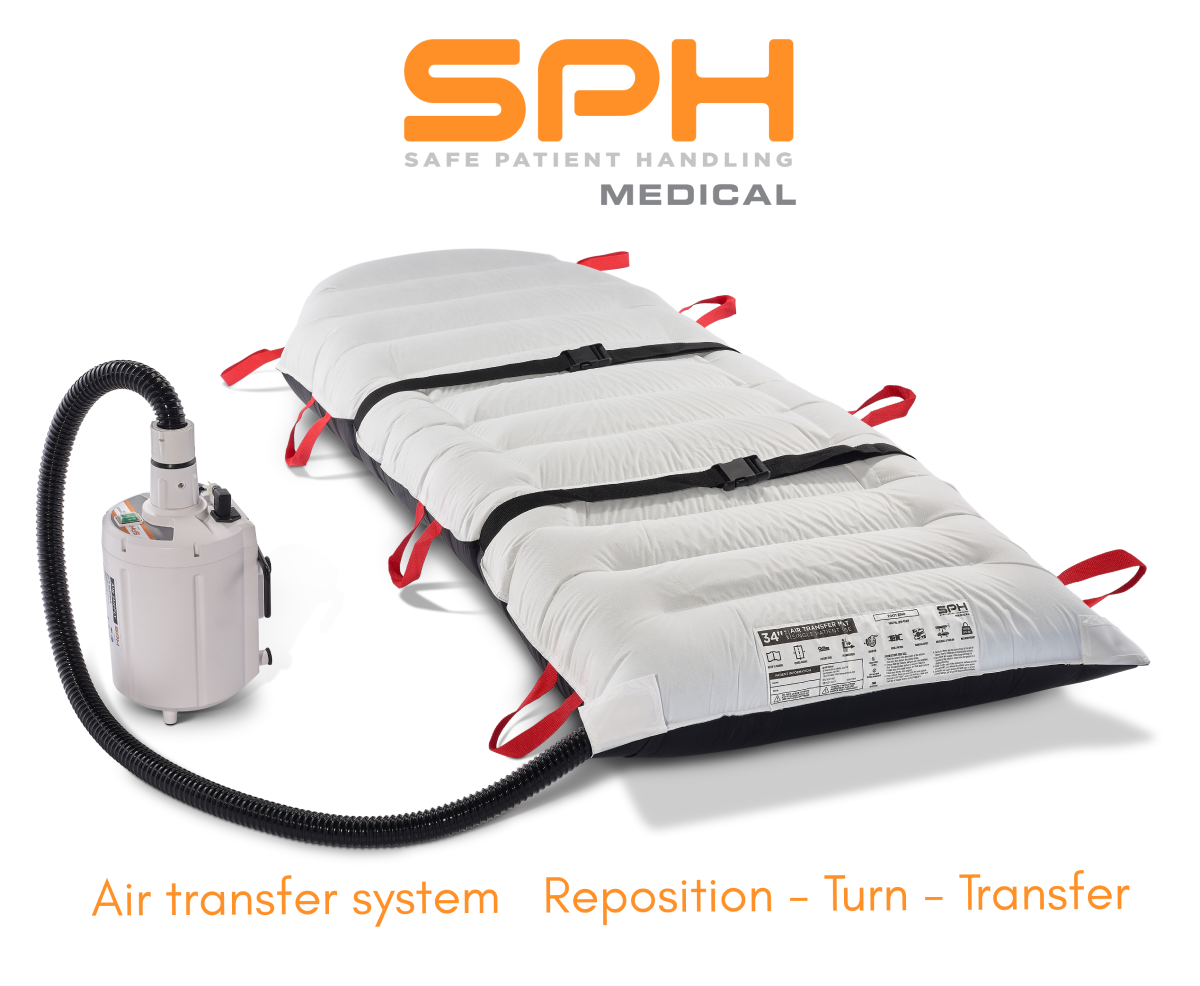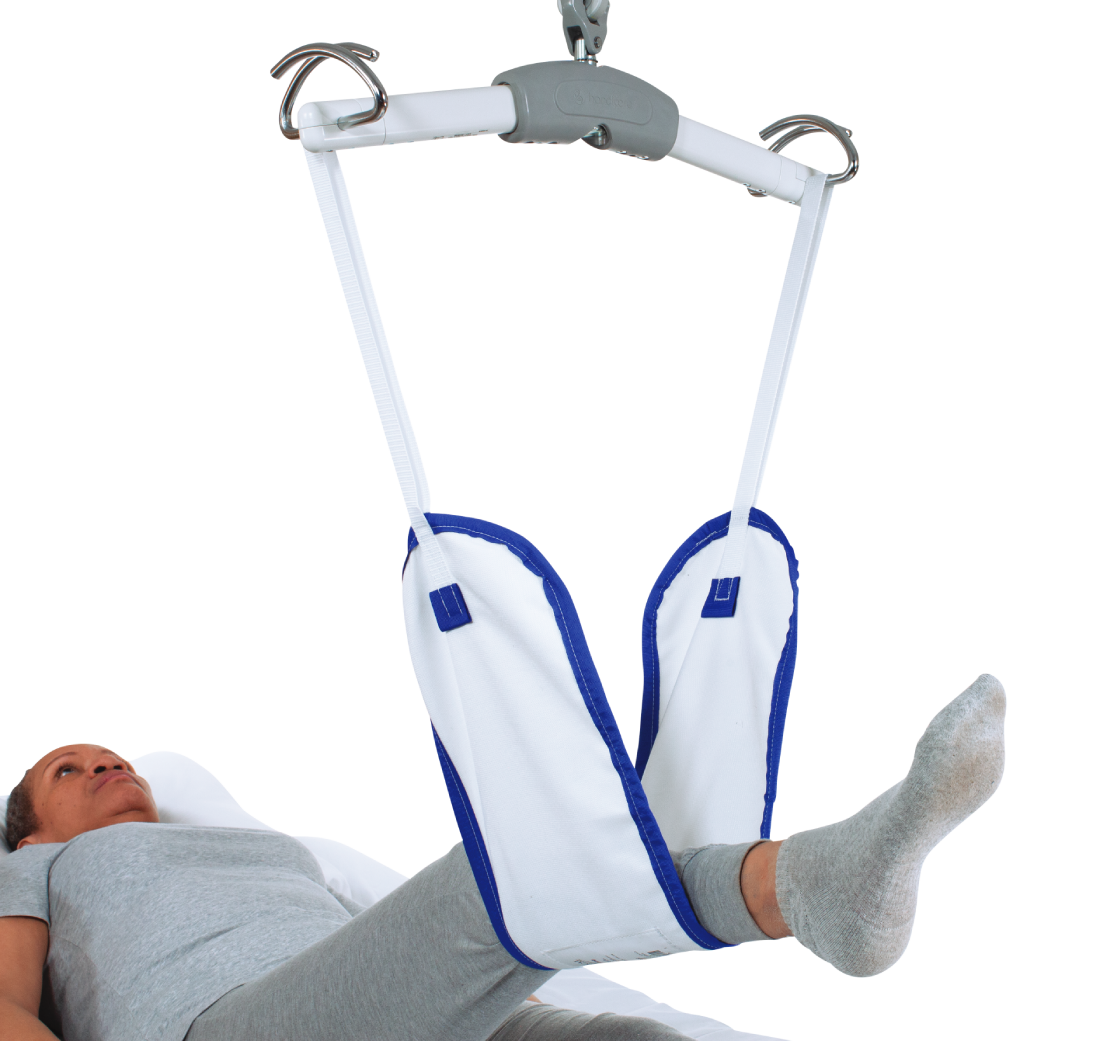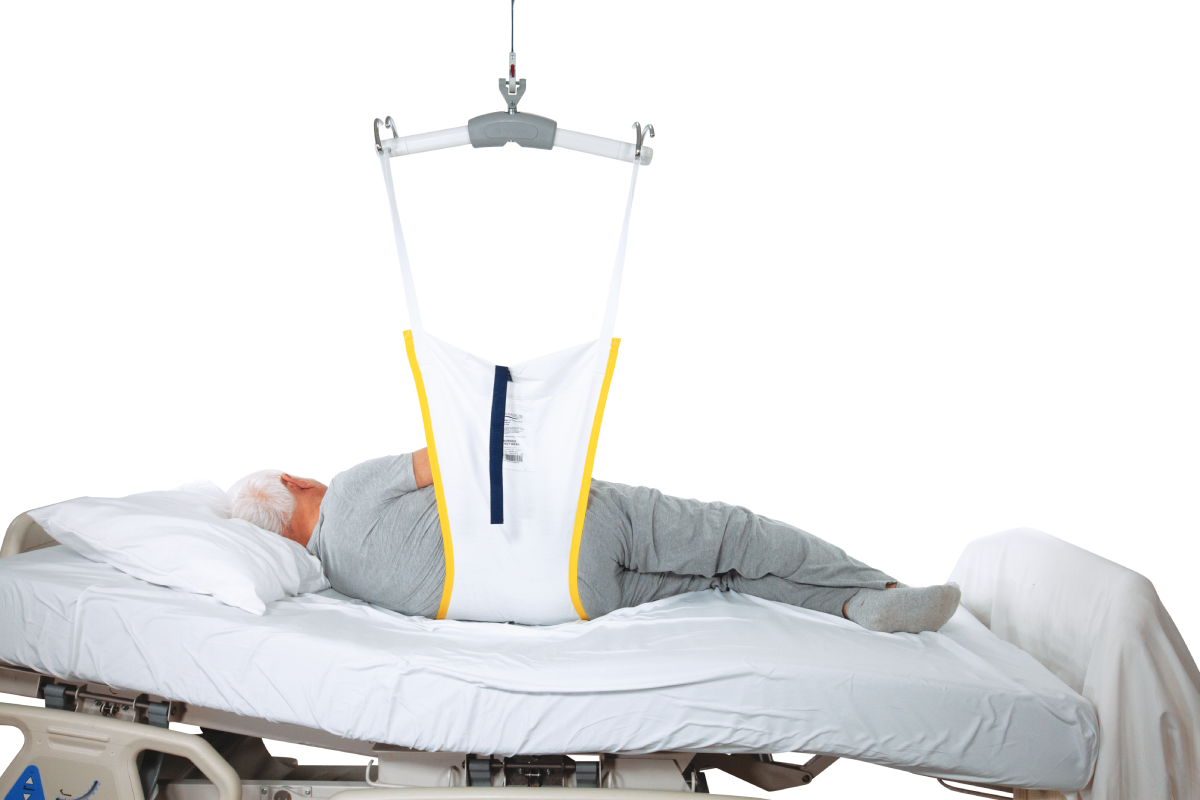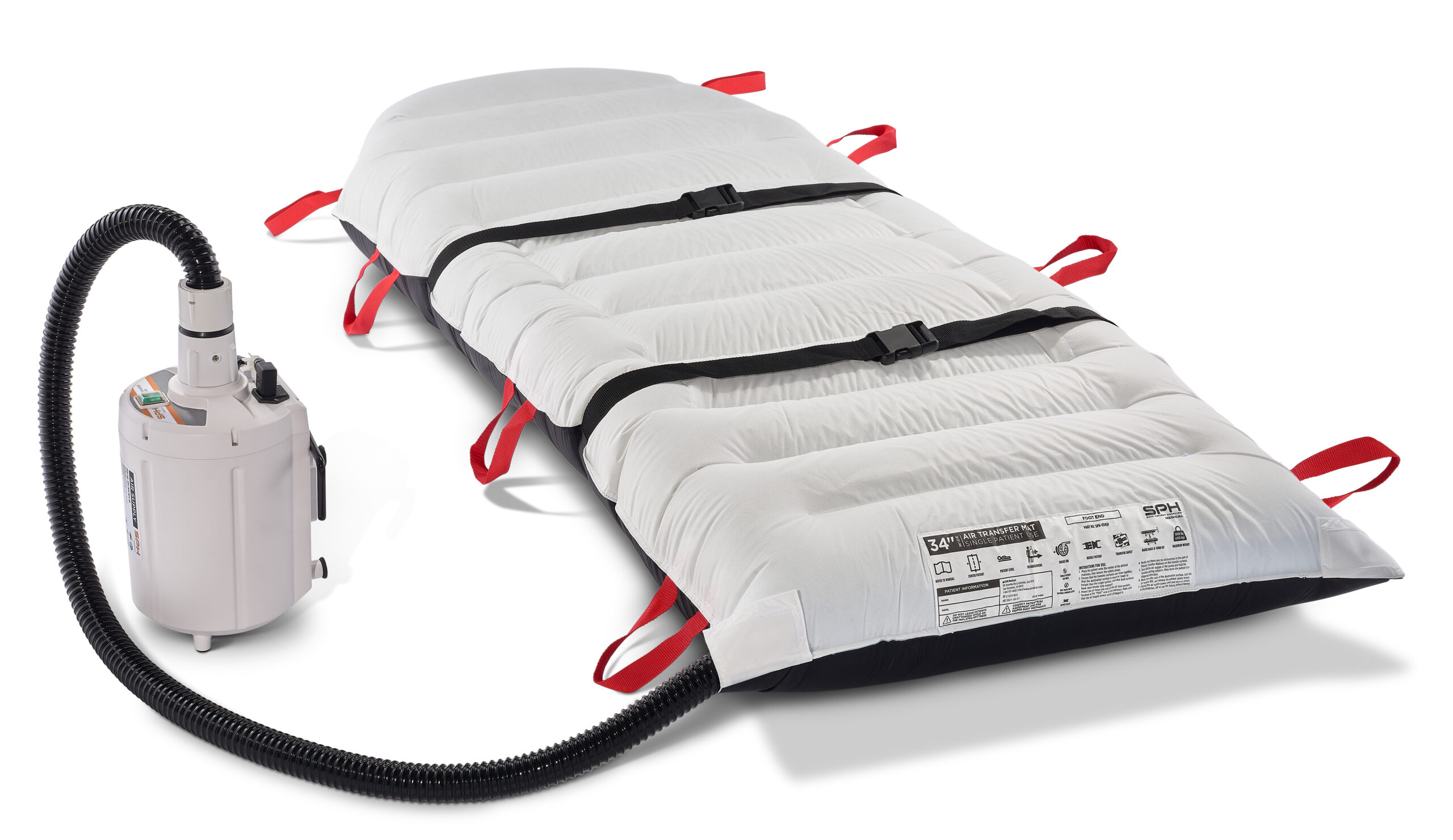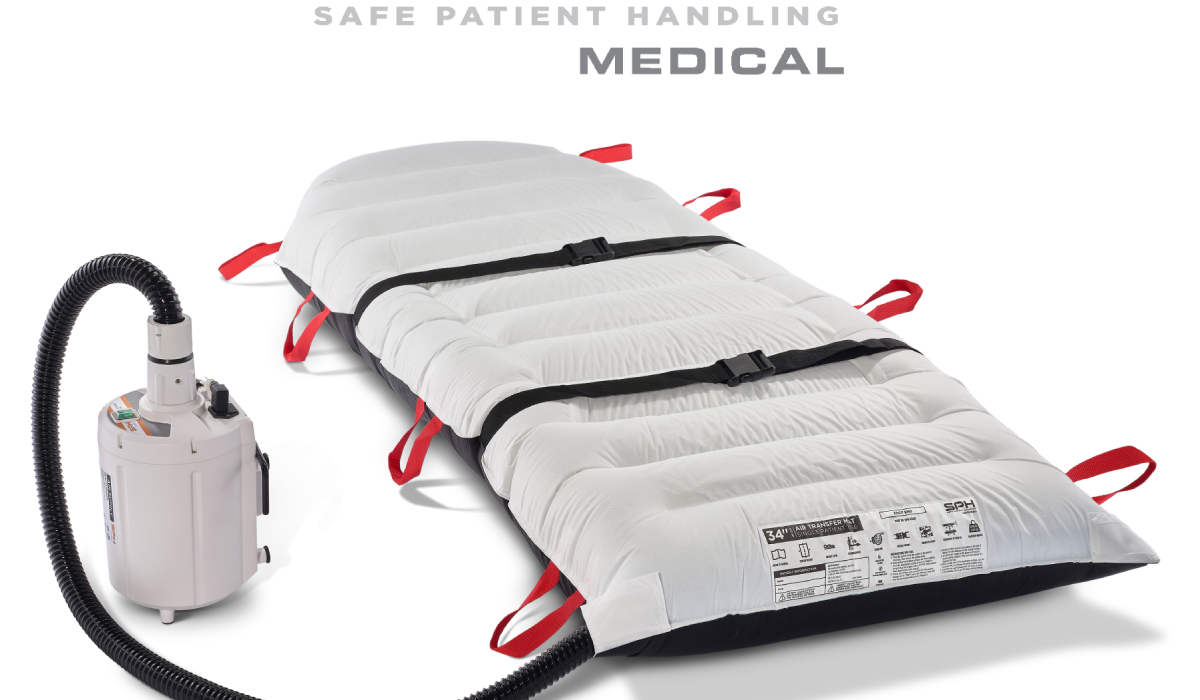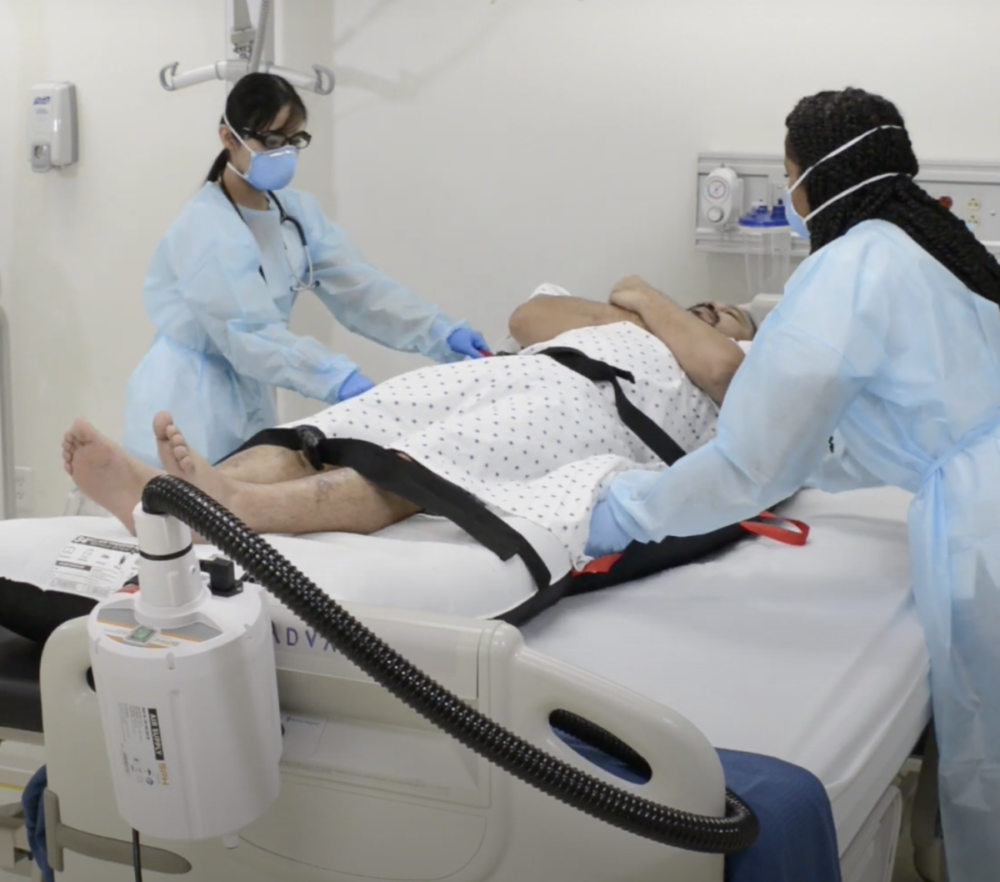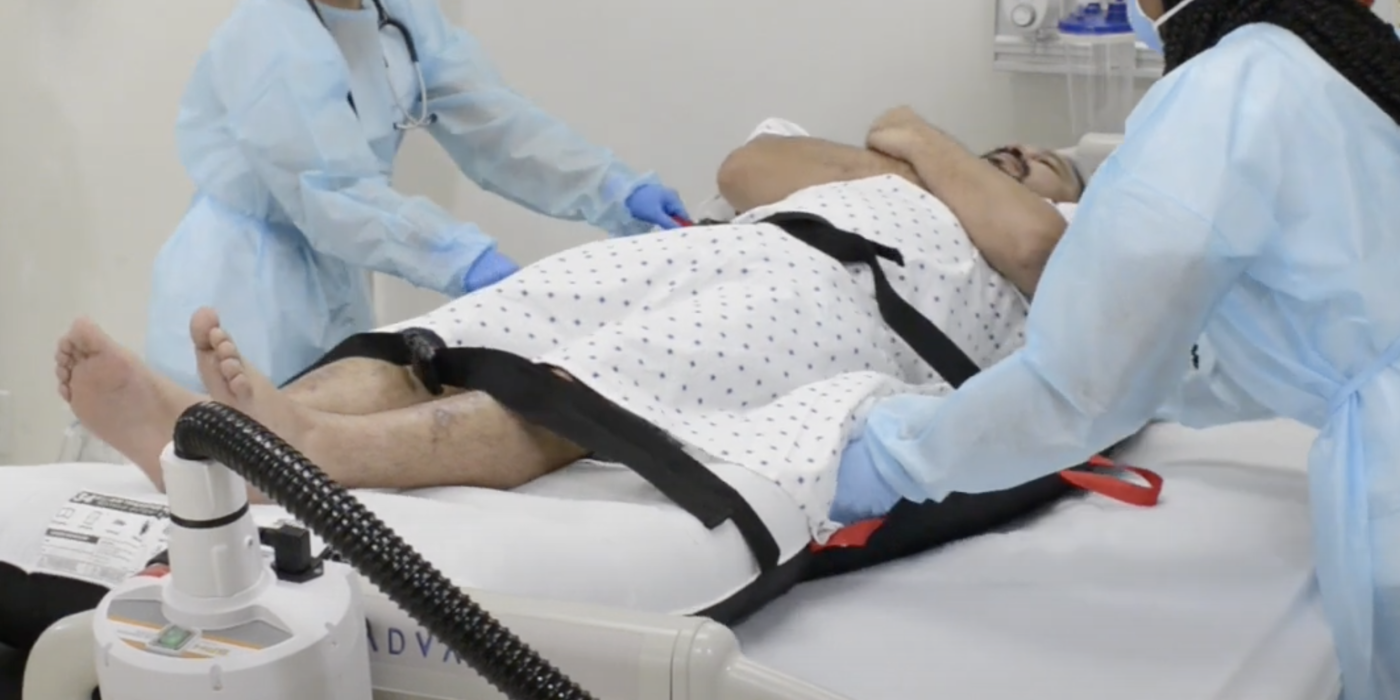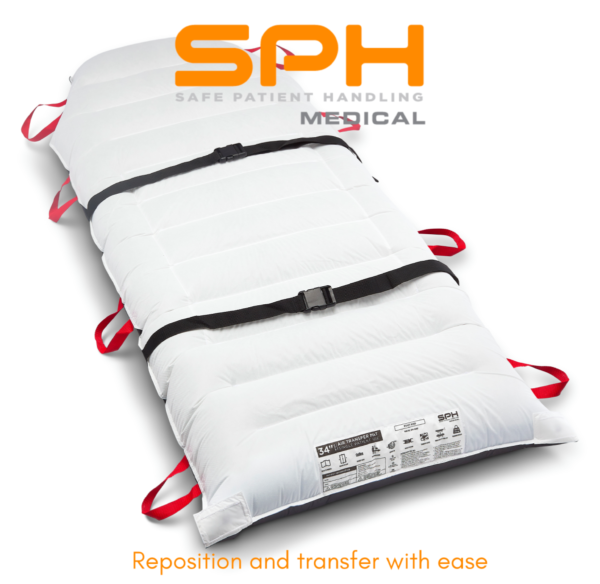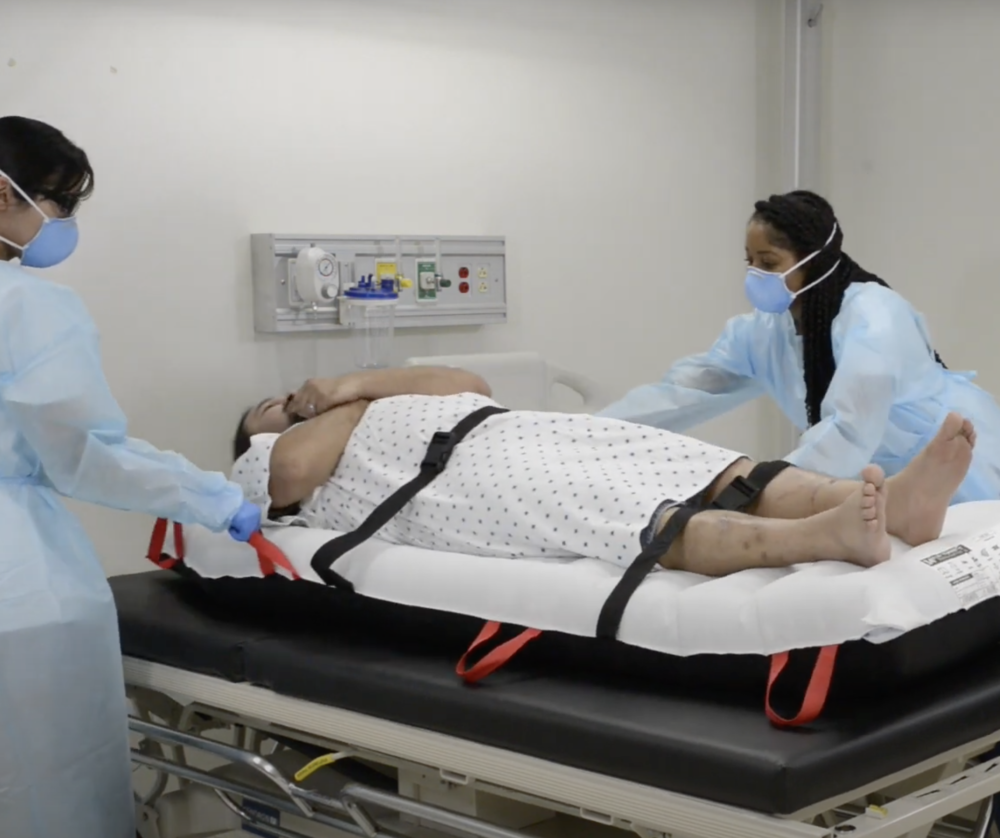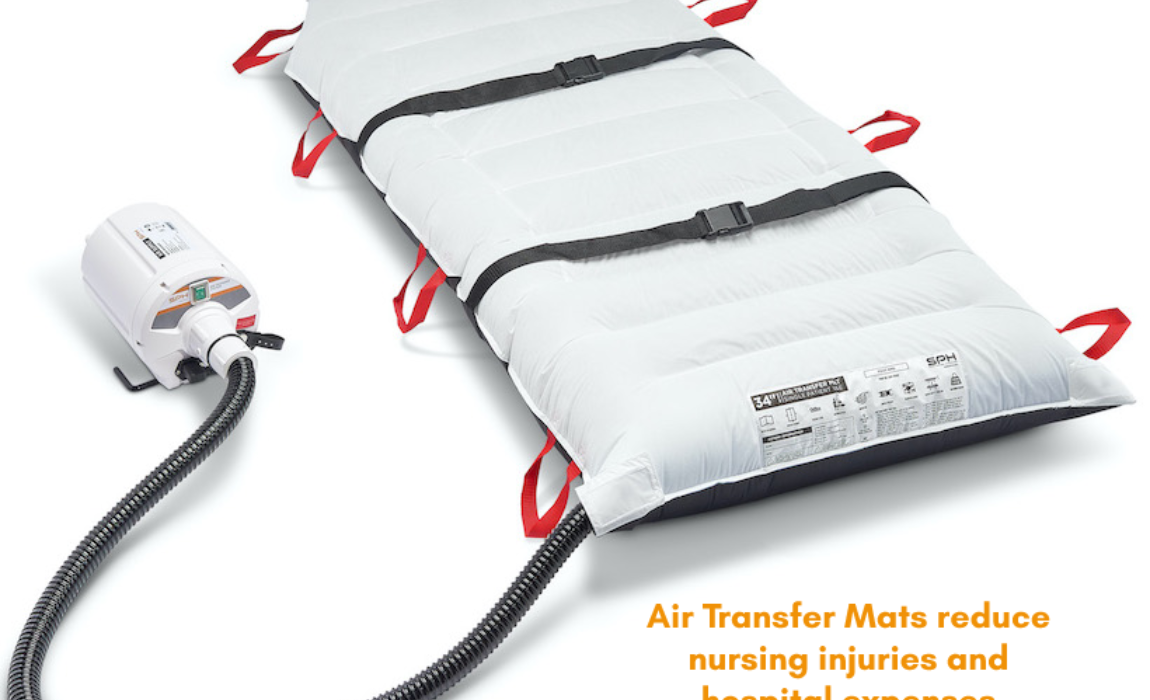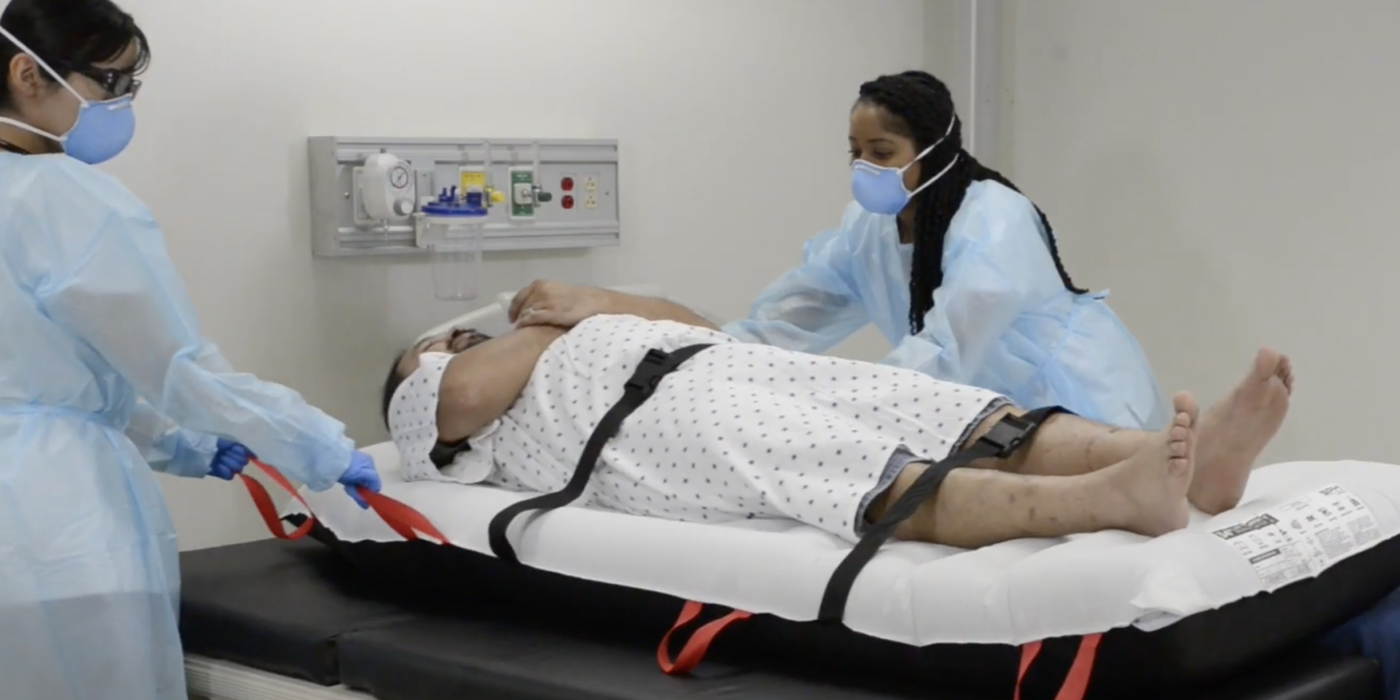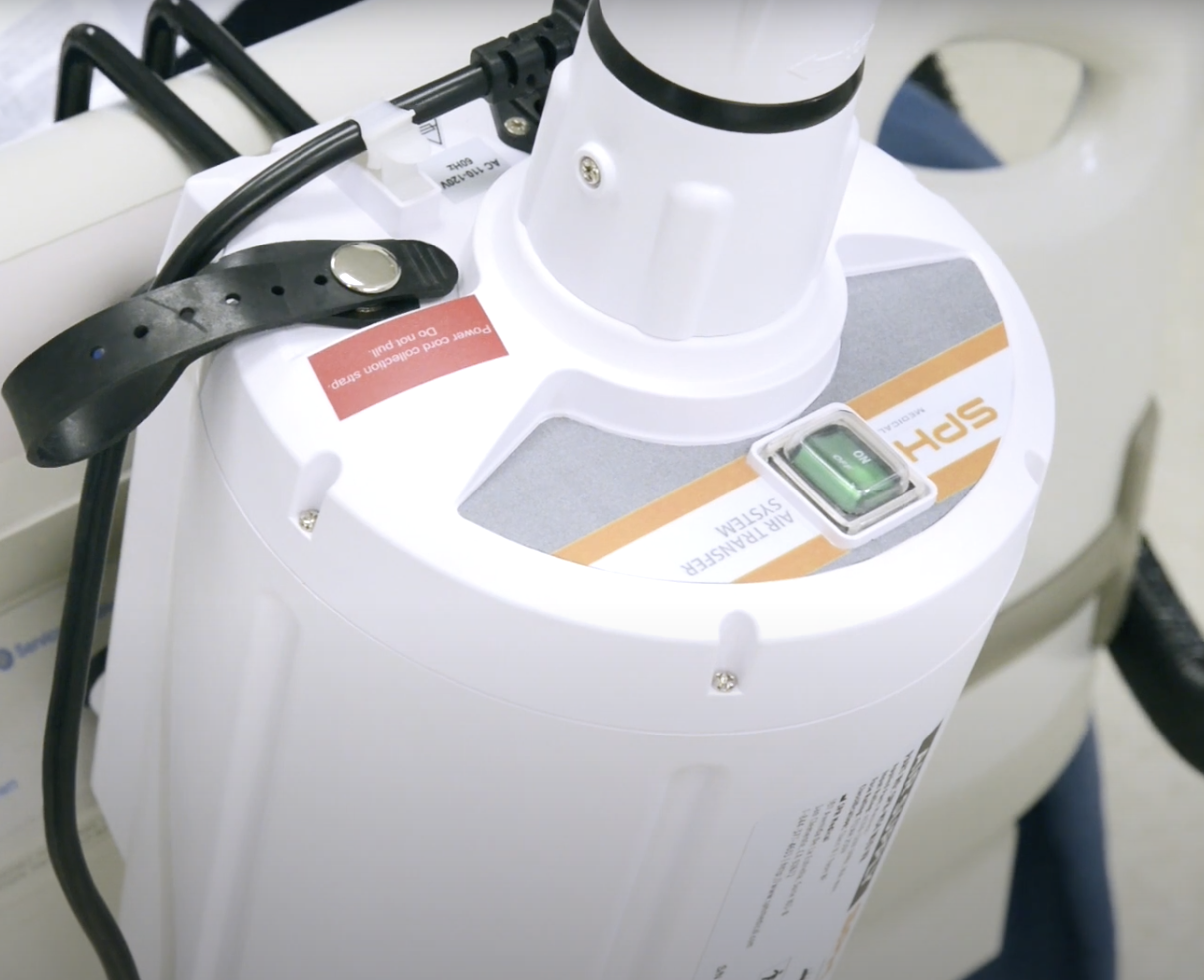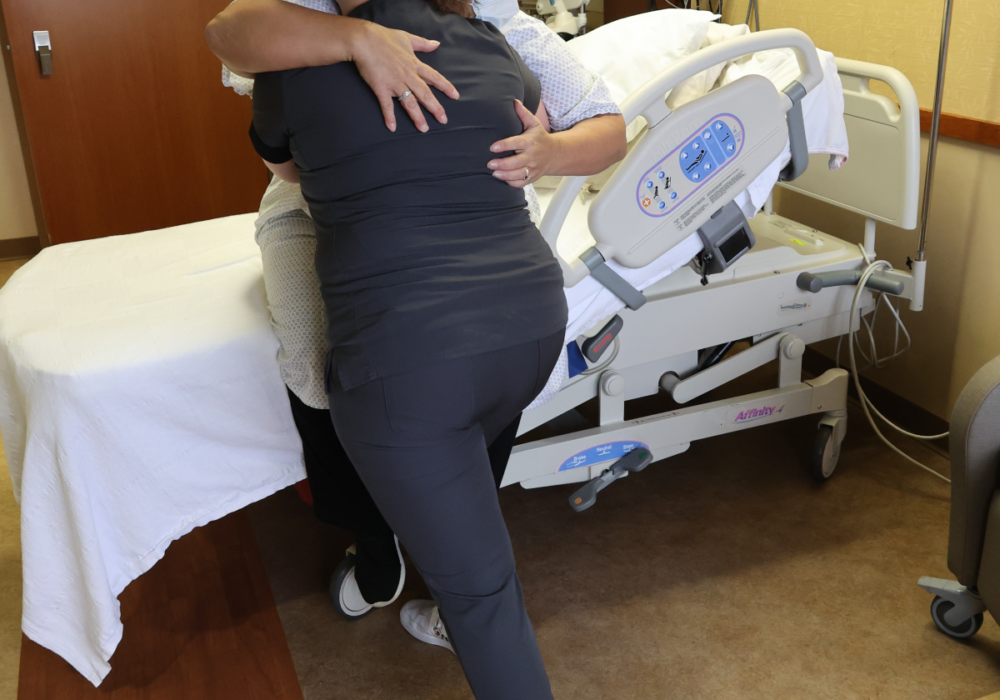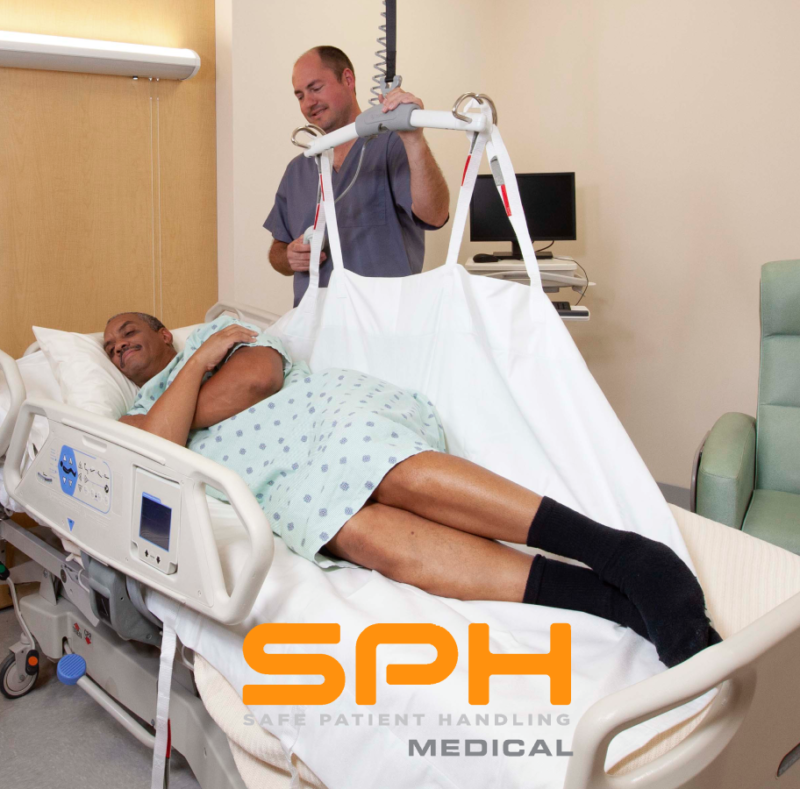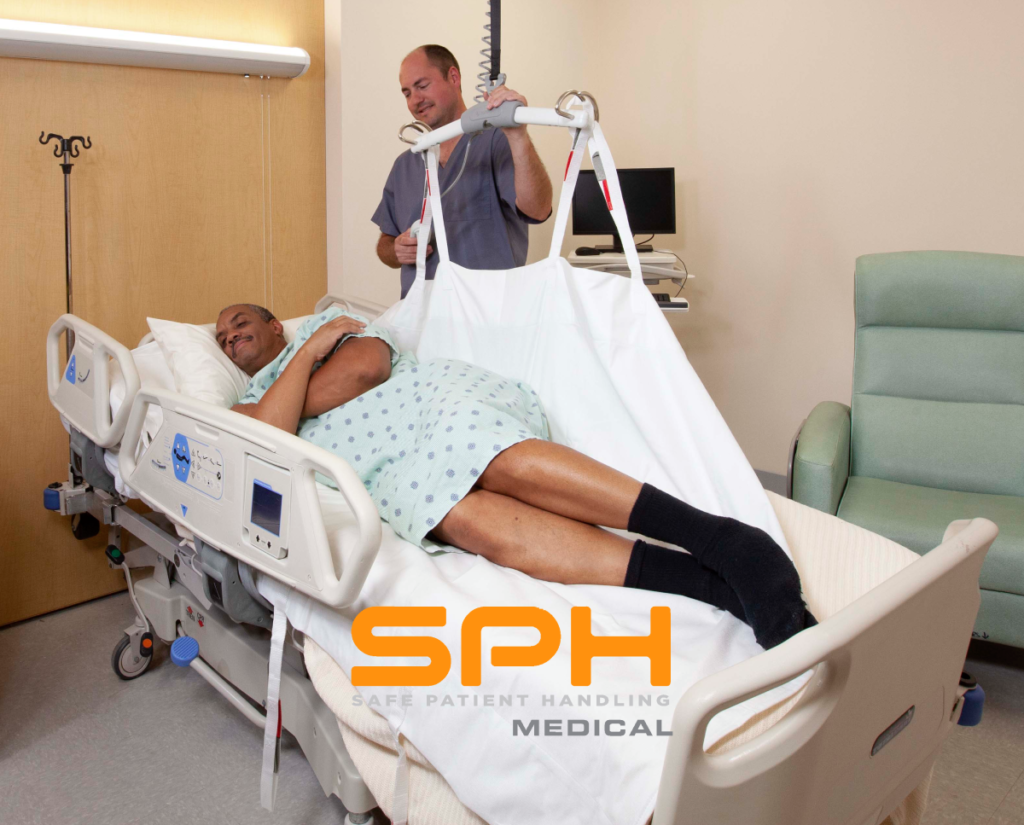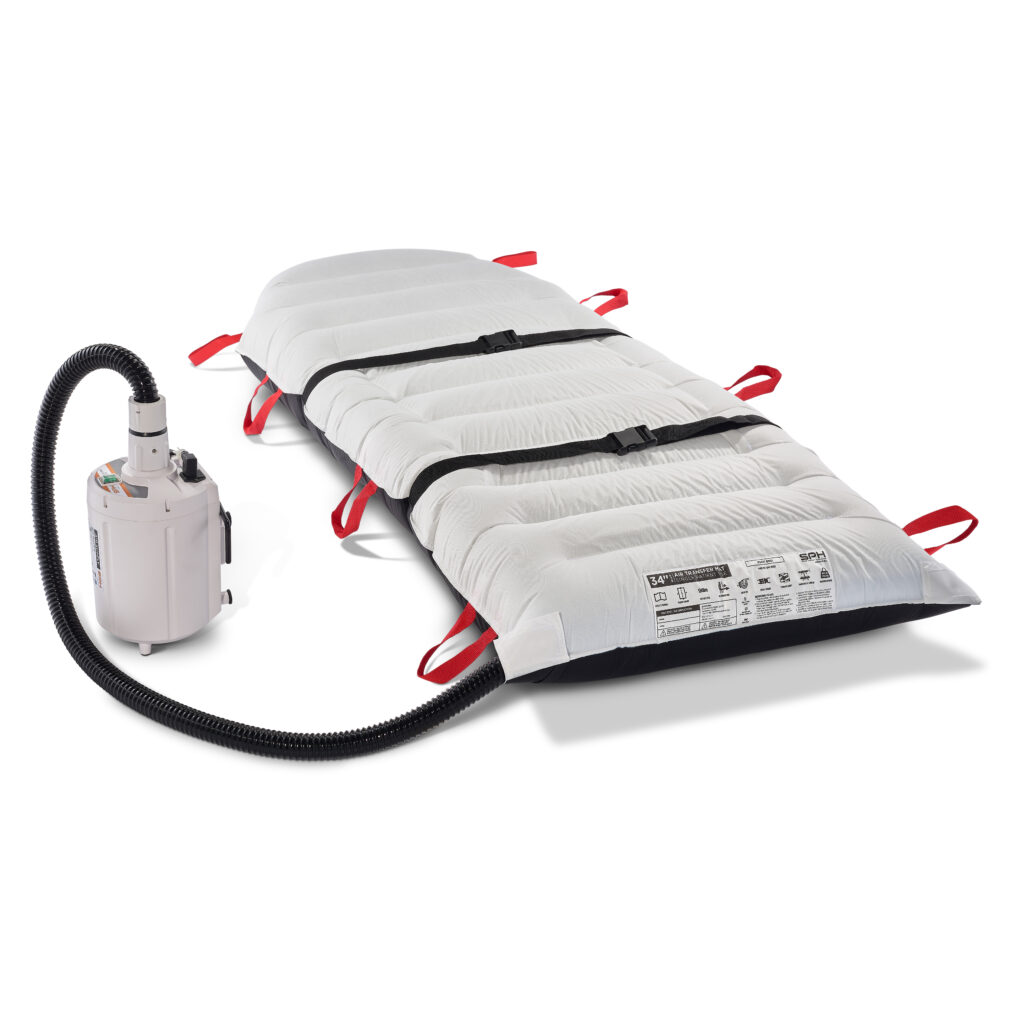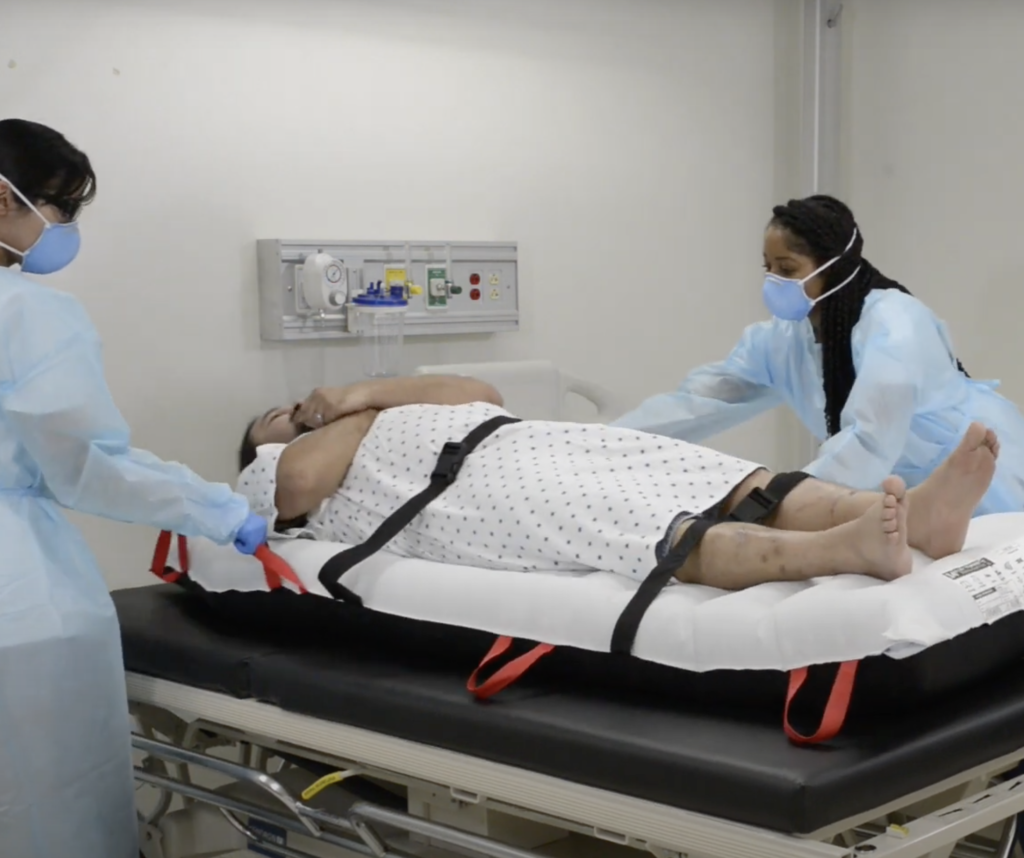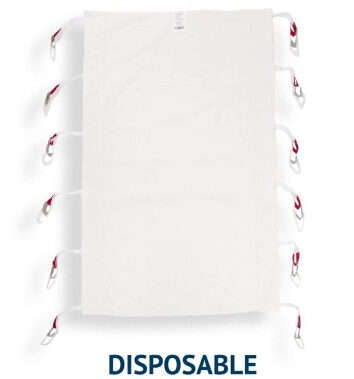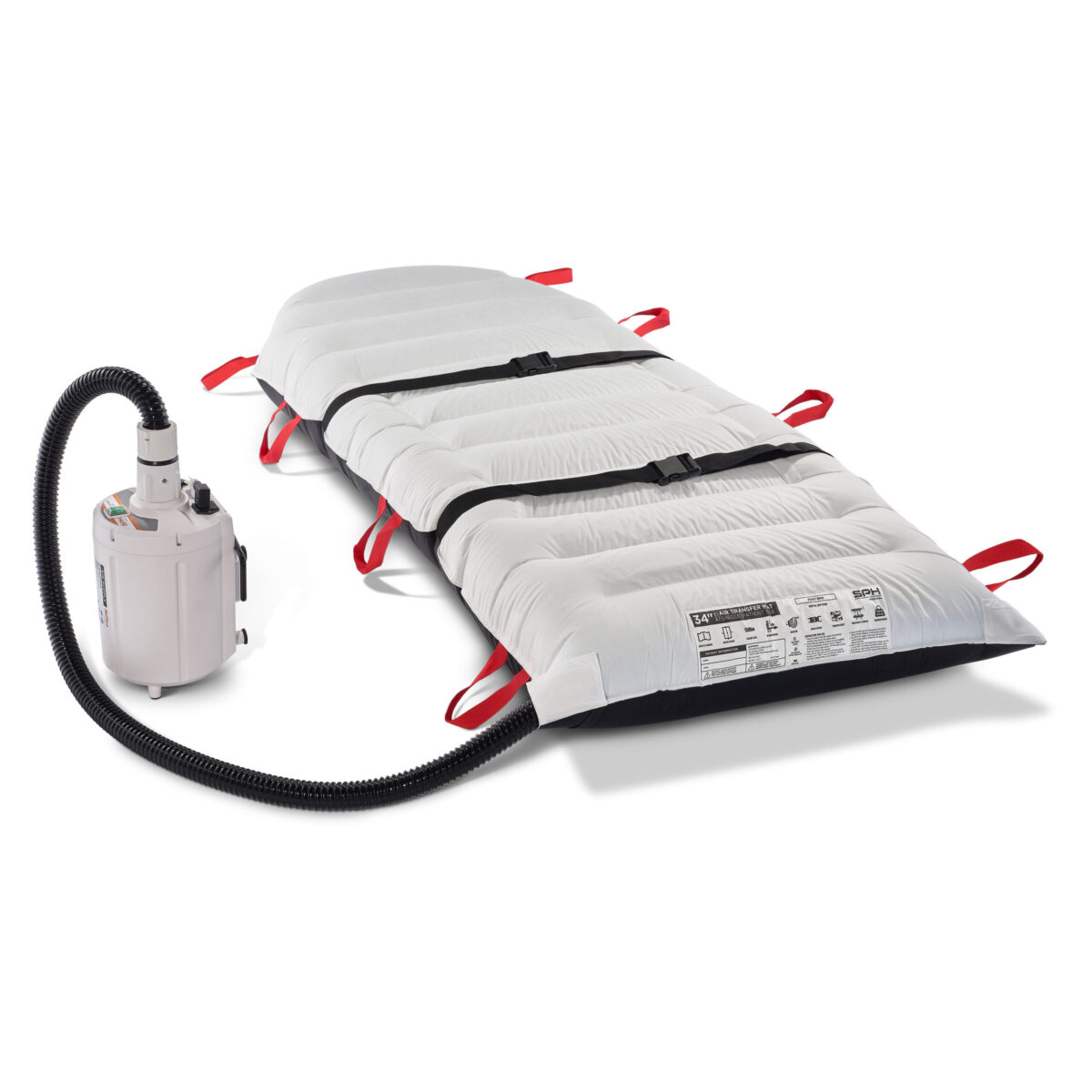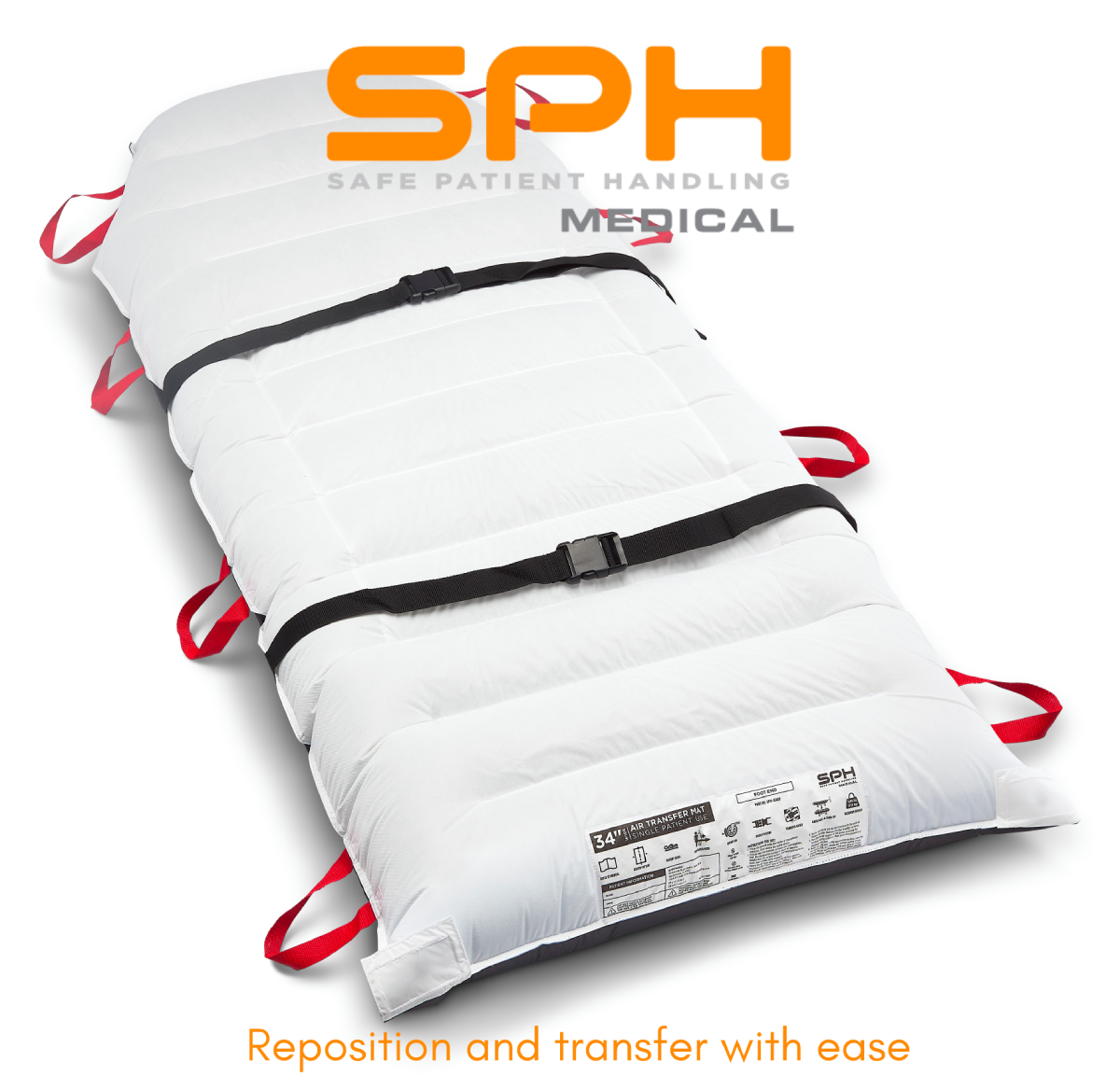In the high-stakes environment of surgery departments, the safety and efficiency of patient handling cannot be overstated. Recent statistics illuminate a concerning trend: a significant portion of workplace injuries among healthcare workers are directly tied to manual patient transfers. This not only places immense physical strain on staff but also imposes a considerable financial burden on healthcare facilities. Enter the SPH Medical Air Transfer and Positioning System, a solution that promises not just to alleviate these challenges but to redefine the standards of patient care and staff safety.
The Perils of Manual Patient Handling
The manual movement of patients on and off the surgery table is fraught with risks. Healthcare workers routinely face the threat of musculoskeletal injuries, leading to chronic pain, absenteeism, and even early retirement. The implications are stark: increased operational costs, reduced staff morale, and compromised patient care. The urgency for a safer, more efficient method is clear, underscored by guidelines from the Association of periOperative Registered Nurses (AORN), which advocate for the adoption of safer patient handling practices to mitigate these risks.
The Persistent Challenge of Manual Handling
Despite widespread recognition of the dangers, manual patient handling persists, largely due to gaps in awareness, training, and adequate equipment. This disconnect between recognized best practices and day-to-day realities undermines efforts to safeguard healthcare workers and patients alike. The AORN’s guidelines serve as a beacon, yet the pathway to comprehensive compliance remains obstructed by outdated practices and insufficient tools.
The Financial and Emotional Toll
The cost of ignoring the call for safer patient handling extends beyond immediate healthcare expenses. The long-term financial repercussions for hospitals include soaring workers’ compensation claims, lost productivity, and the intangible loss of experienced staff. These monetary losses are compounded by the emotional toll on healthcare workers, who face the daily stress of potential injury and the ethical dilemma of compromised patient care.
Introducing the SPH Medical Air Transfer and Positioning System
At the heart of the solution is the SPH Medical Air Transfer and Positioning System. Engineered with cutting-edge technology, this system dramatically minimizes the physical exertion required to move patients, aligning seamlessly with AORN’s safe patient handling guidelines. Its design is intuitive, ensuring ease of use while maximizing patient safety and comfort—a testament to SPH Medical’s commitment to healthcare excellence.
Unmatched Benefits
The system’s benefits are manifold. Firstly, it significantly mitigates the risk of injury to both patients and staff, fostering a safer workplace environment. Secondly, its cost-effectiveness is undeniable, offering healthcare facilities a robust return on investment by curtailing injury-related expenses and enhancing operational efficiency. Lastly, the surge in patient and staff satisfaction is palpable. Testimonials and case studies bear witness to the positive impact on morale and patient outcomes, solidifying the system’s value proposition.
The SPH Medical Air Transfer and Positioning System Advantage
Compared to traditional methods, the SPH Medical Air Transfer and Positioning System stands unparalleled in its safety, cost savings, and operational benefits. Statistics and real-world applications underscore its superiority, making a compelling case for its integration into surgery departments nationwide.
In the landscape of healthcare innovation, compatibility and cost-effectiveness play pivotal roles in the decision-making process for hospital administrations. The SPH Medical Air Transfer Mat is designed with these principles at its core, seamlessly integrating with a wide array of air supplies or pumps already operational within hospitals. This universal compatibility ensures that hospitals can transition to using SPH Medical’s single patient use or reusable transfer mats without the need for additional investment in proprietary air supply systems.
The economic advantages are clear: by choosing SPH Medical, healthcare facilities stand to realize substantial savings with every purchase, all while maintaining, if not enhancing, the efficiency and safety of patient transfers. This strategic compatibility underscores SPH Medical’s commitment to providing solutions that are not only innovative and effective but also pragmatic and cost-efficient, allowing hospitals to allocate resources where they’re needed most—towards patient care and safety improvements.
In Conclusion with The SPH Medical Air Transfer and Positioning System
In conclusion, the SPH Medical Air Transfer and Positioning System is not merely an alternative to manual patient handling—it is the definitive solution. It embodies a leap forward in ensuring the safety, satisfaction, and efficiency that healthcare professionals and their patients deserve. The time to act is now. Healthcare facilities must seize this opportunity to elevate their standard of care, affirm their commitment to staff welfare, and harness the operational and financial advantages that the system offers.

